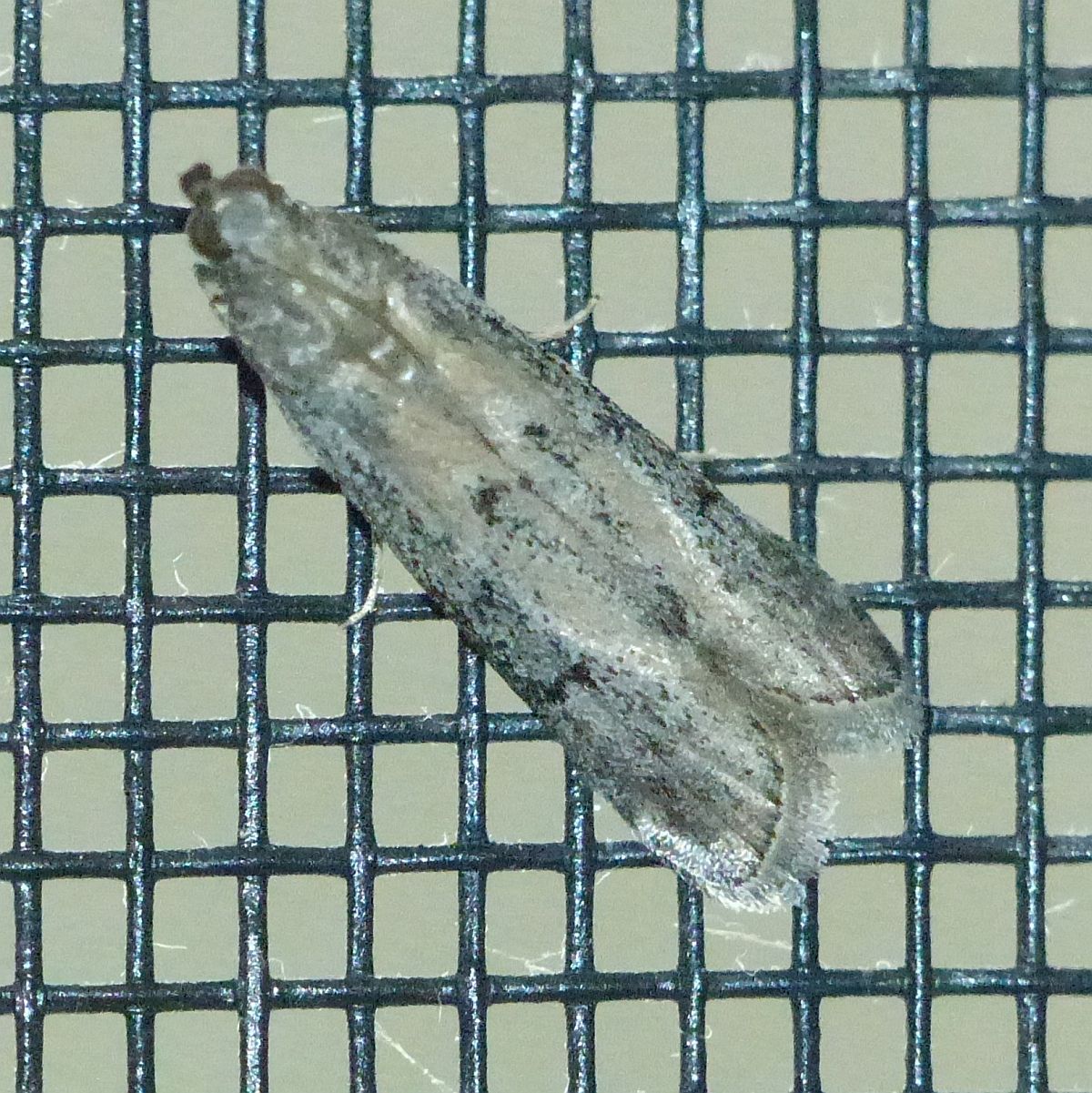2022 January 15
2021 January 15
Jeremy Tatum writes:
Today’s learned discourse will concern the Families of moths. First, let me say that I don’t know how many there are. Indeed the number of Families changes from year to year at the hands of the ever-busy and enthusiastic taxonomists. I haven’t done a recent count, but maybe something like 100 would be a good guess. Nearly all of them would be in the largest Suborder, Glossata, of the Order Lepidoptera.
We often distinguish between “macro” moths and “micros”. This has no official scientific standing, although the words “macro” and “micro” are in practice used a great deal , and I freely use them myself. The distinction is broadly based on size, in that most micros are quite small and most macros are quite large – though it is not as simple in saying that those smaller than x mm are micros, and those larger than x mm are macros. Usually the macros are the well-known Families that comprise mostly large moths, and the micros are those Families known better to specialists and which comprise mainly small or tiny moths. The Family Geometridae comprises mostly medium-sized moths, but it also includes the small pug moths (Eupithecia) and the tiny Leptostales rubromarginaria that we see in the Spring. Tiny as these are, we don’t think of them as “micros” – they are in the Family Geometridae, so they count as macros. Or again, Herpetogramma is not a particularly small moth – but it belongs to the Family Crambidae, which are all traditionally “micros”, and so it is thought of as a “micro”. Nola is a tiny moth, but its Family, Nolidae, was formerly included in the Noctuidae, so we don’t think of Nola as a “micro”.
The photograph below, Jochen Möhr’s second moth of the year, photographed on January 14 at his home in Metchosin, is certainly a “micro”. Micros are often difficult to identify, and we can’t be completely sure of this one, though Libby Avis suggests (doubtless with decreasing confidence from Family, to Subfamily, to genus!) Family Pyralidae, Subfamily Phycitinae, just possibly Genus Vitula.

Maybe Vitula sp. (Lep.: Pyralidae, probably Phycitinae) Jochen Möhr
Of the macro Families, the two most frequently seen on Invertebrate Alert are the two huge Families, which most viewers will be familiar with:
Noctuidae
Geometridae (The caterpillars of geometrids are “inchworms”.)
Another very large Family is
Erebidae
This Family was erected only about 12 or so years ago, during a revision of the Superfamily Noctuoidea. It includes many moths that were formerly included in the Noctuidae, such as Catocala, Hypena, Scoliopteryx, as well as the Subfamilies
Arctiinae (tiger moths, Cinnabar Moth, lichen moths)
Lymantriinae (tussock moths, Orgyia)
which were formerly Families (Arctiidae, Lymantriidae) in their own right.
Other familiar macro Familes include
Sphingidae (hawk moths)
Saturniidae (Polyphemus Moth, Ceanothus Silk Moth, Sheep Moth)
Notodontidae (prominent and kitten moths, such as Phaeosia, Gluphisia, Nadata, Schizura, Furcula)
Lasiocampidae (the “tent caterpillars” Malacosoma¸ and also Tolype and Phyllodesma (Lappet Moth))
and a few other Families not seen quite so often.
I shall not attempt to list the numerous “micro” Families, though I think two of them that appear most frequently on Invertebrate Alert are
Tortricidae
Crambidae
The way I do it on Invertebrate Alert is: Family names are written in ordinary type (not italic) and begin with a capital letter. I refer to a moth belonging to the family Tortricidae as a “tortricid” without a capital. Likewise a moth of the Family Notodontidae is a notodontid, and so on. I may occasionally go completely off the rails and write about an arctiine erebid, by which I mean a moth in the Family Erebidae, and the Subfamily Arctiinae. It may be easier just to say a tiger moth!
The next boring essay will be about the wings of moths.
